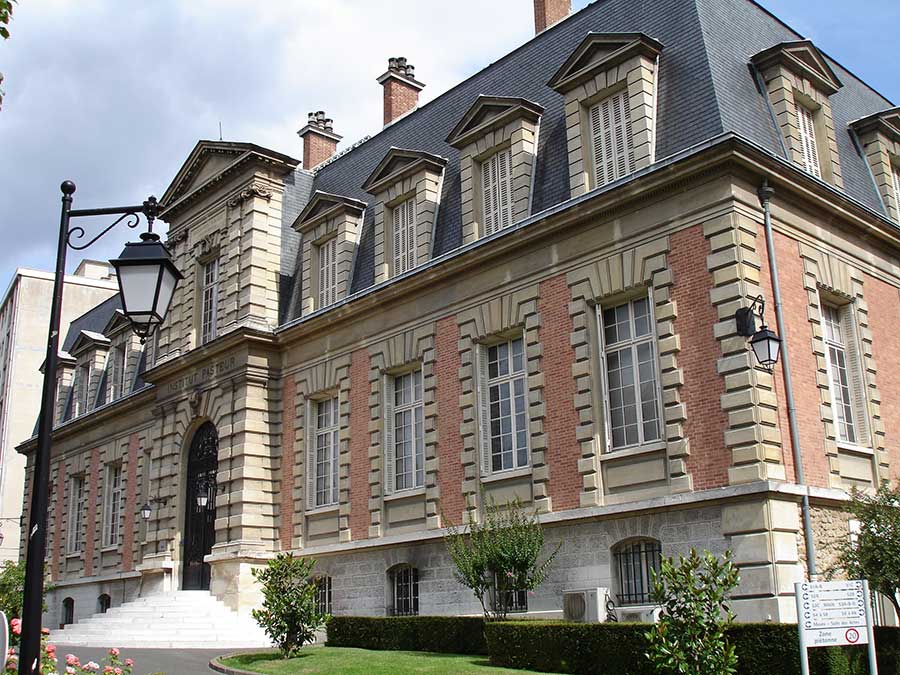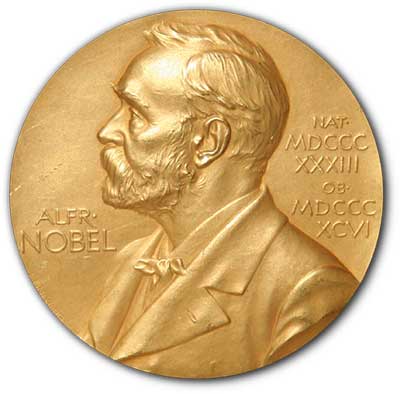Charles Nicolle
Science: Physiology & Medicine

Charles Nicolle was born on September 12, 1866 in Rouen, France. By the time Nicolle was 18 years old he was deaf. He went to school at the Pasteur Institute in Paris.
Many people in his family were interested in science. He could read lips very well. Nicolle got his doctorate degree. While he was in school he studied a disease caused by Ducrey's bacillus. After graduating he was an assistant professor and worked at the hospital.
/prod01/twu-cdn-pxl/media/images/deaf-scientist-corner/education-hierarchy-2.jpg)
He worked hard to develop ways to vaccinate (MP4) people against diphtheria (MP4). He changed jobs and worked at the Pasteur Institute. He worked there because he wanted to build a big place for people to research (MP4) and make vaccines (MP4). The place he built was the best research center.
/prod01/twu-cdn-pxl/media/images/deaf-scientist-corner/child-getting-vaccine.jpg) A Child Getting a Vaccine
A Child Getting a Vaccine
Credit: SELF Magazine https://creativecommons.org/licenses/by/2.0
/prod01/twu-cdn-pxl/media/images/deaf-scientist-corner/diphtheria.jpg) Diphtheria
Diphtheria
Credit: Dileepunnikri https://creativecommons.org/licenses/by-sa/3.0/
Nicolle's biggest accomplishment was when he discovered the cause of typhus. He discovered that lice (MP4) spread typhus.
/prod01/twu-cdn-pxl/media/images/deaf-scientist-corner/louse.jpg) A Louse
A Louse
Credit: Gilles San Martin https://creativecommons.org/licenses/by-sa/2.0
/prod01/twu-cdn-pxl/media/images/deaf-scientist-corner/louse-eggs-nits.jpg) Louse Eggs (Nits)
Louse Eggs (Nits)
Credit: KostaMumcuoglu http://creativecommons.org/licenses/by-sa/3.0/

He won the Nobel Prize for this discovery (MP4). Many lives were saved because of his discovery during World War I. He also discovered that people can have a contagious (MP4) sickness their whole life without even knowing they are sick.
He also studied how ticks and flies (MP4) spread disease and helped identify influenza (MP4) or the flu as a virus. He also worked on a vaccination for measles (MP4). Later in his life Nicolle was a teacher at the College de France.
/prod01/twu-cdn-pxl/media/images/deaf-scientist-corner/tick.jpg) Tick
Tick
Credit: Public Domain
/prod01/twu-cdn-pxl/media/images/deaf-scientist-corner/parts-of-a-fly.png) Fly
Fly
Credit: brgfx https://www.freepik.com/free-vector/diagram-showing-parts-fly_4951739.htm
He died on February 28, 1936 in Tunis, Tunisia.
Read More about Charles Nicolle
PBWorks Wiki - Charles Nicolle
References
Lang, H. G., & Meath-Lang, B. (1995). Charles Henri Nicolle. In A Biographical Dictionary: Deaf Persons in the Arts and Sciences (pp.276-278). Westport, CT: Greenwood Press.
Page last updated 11:35 AM, April 20, 2023